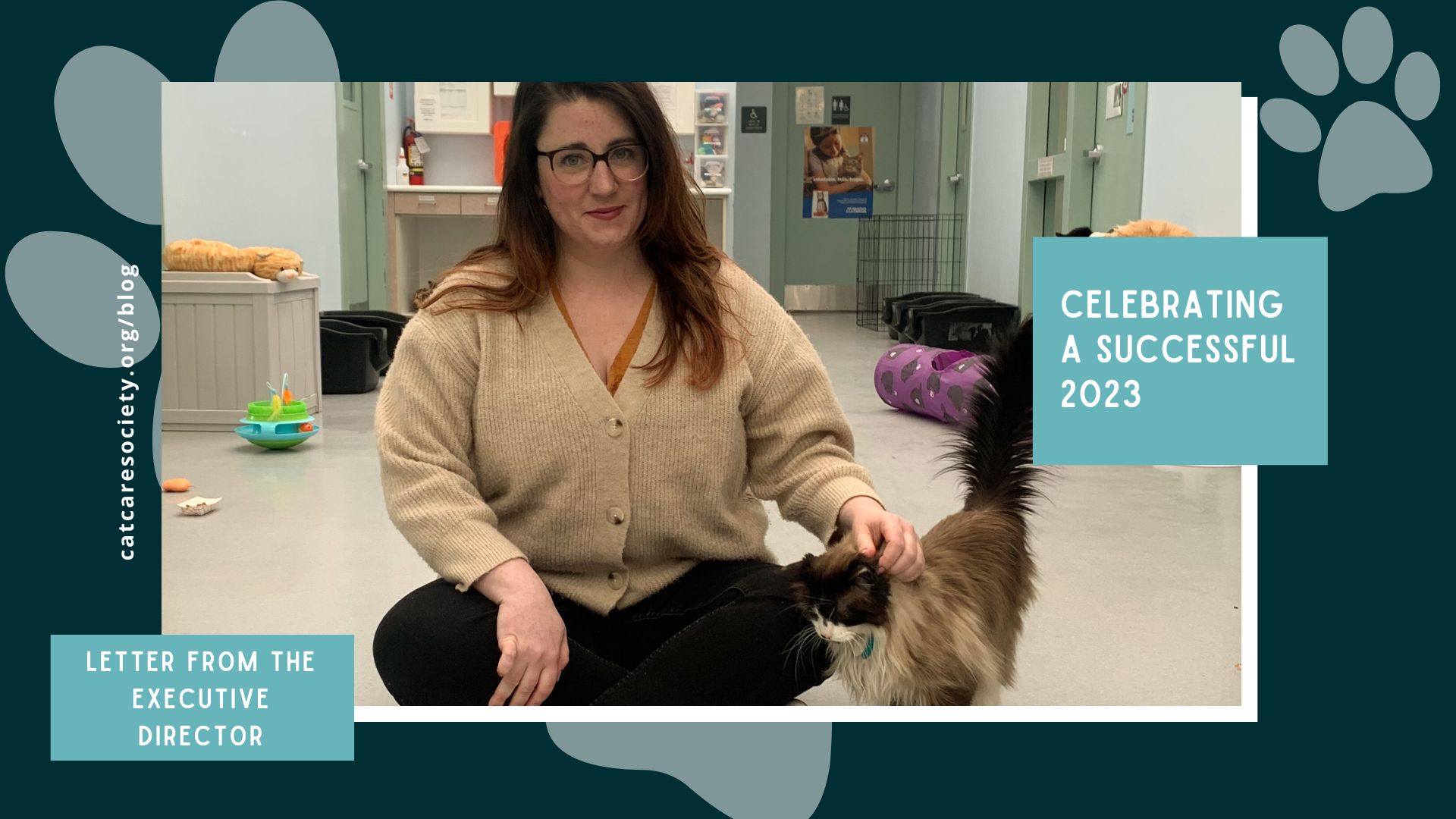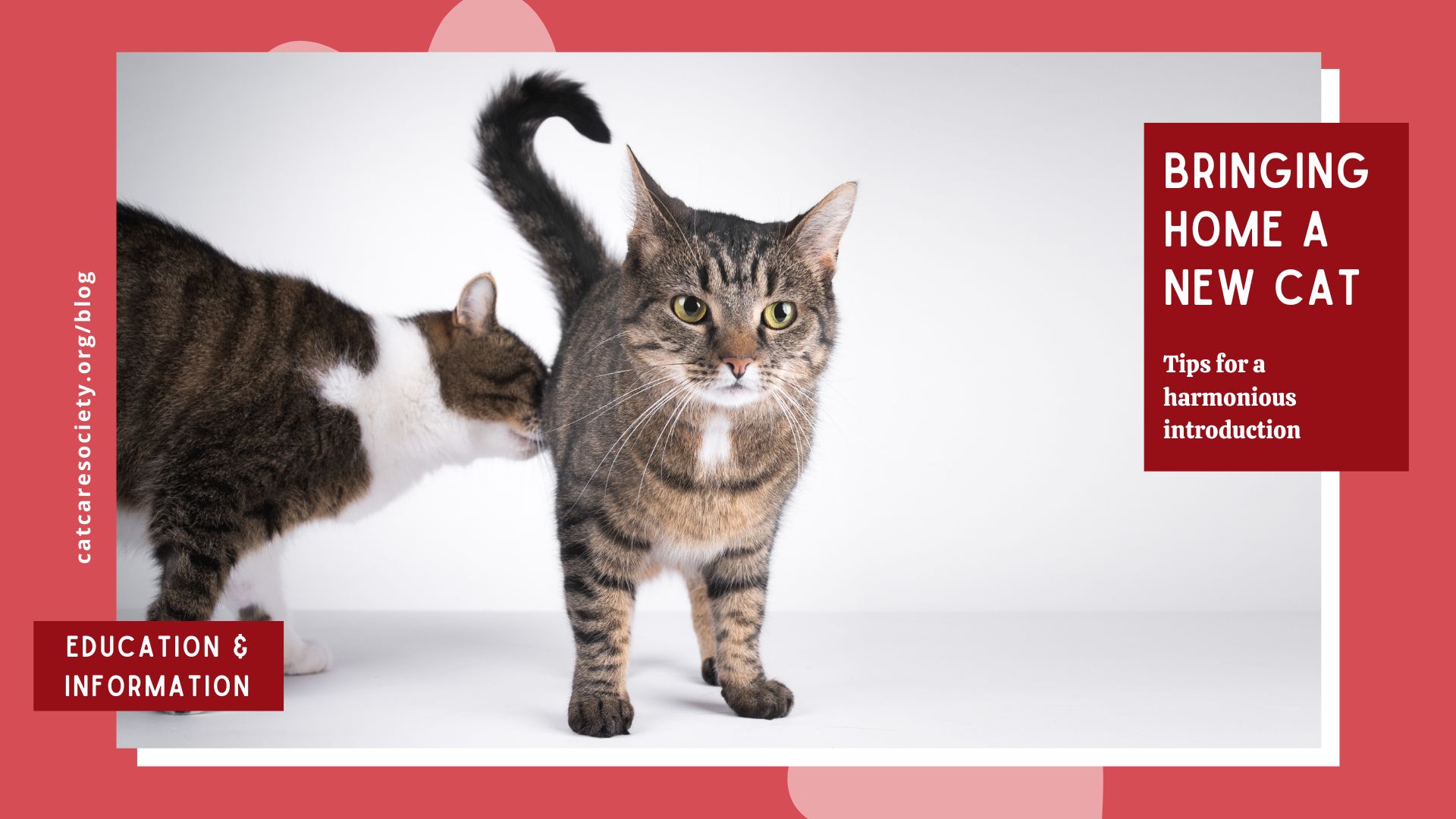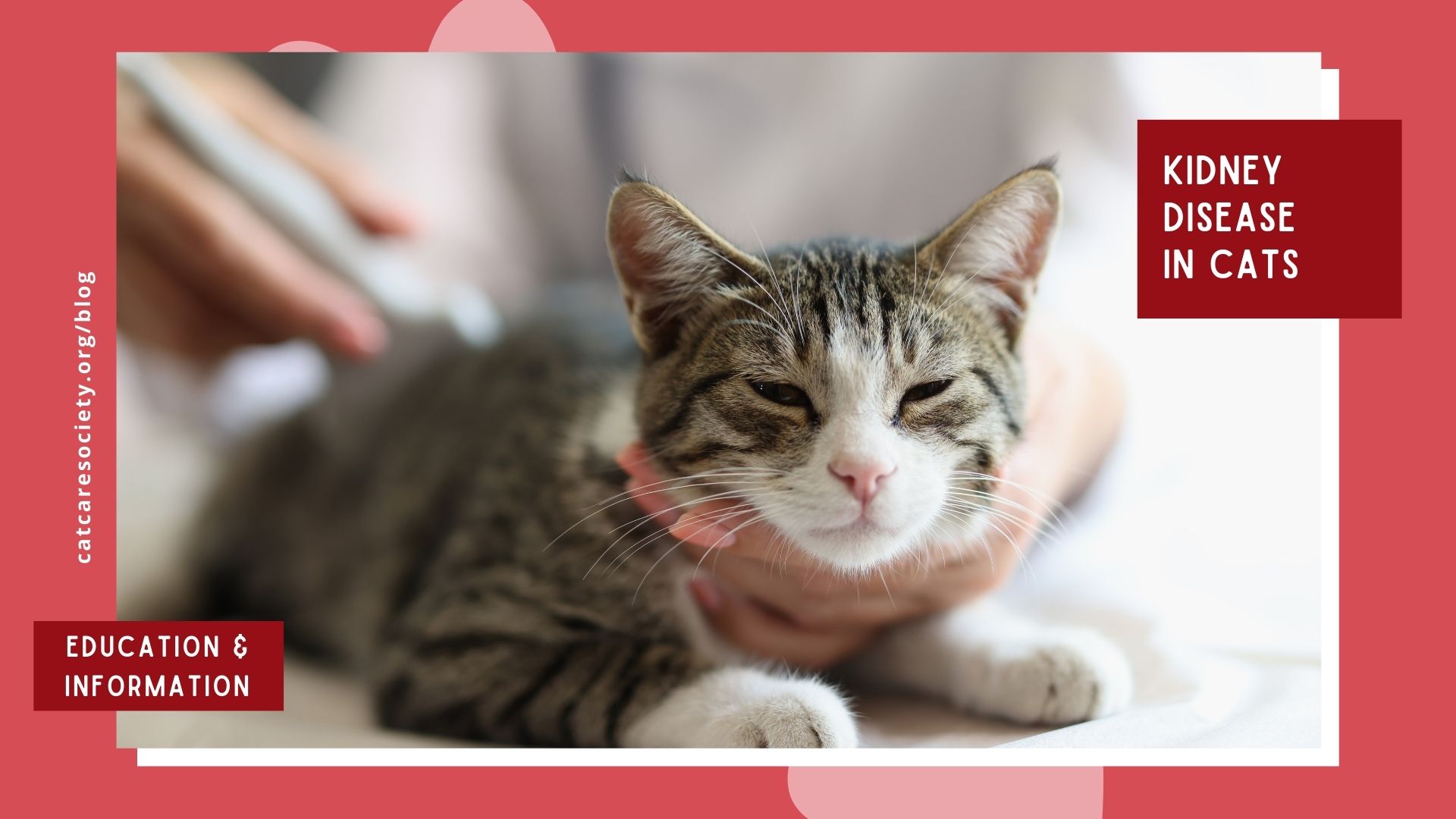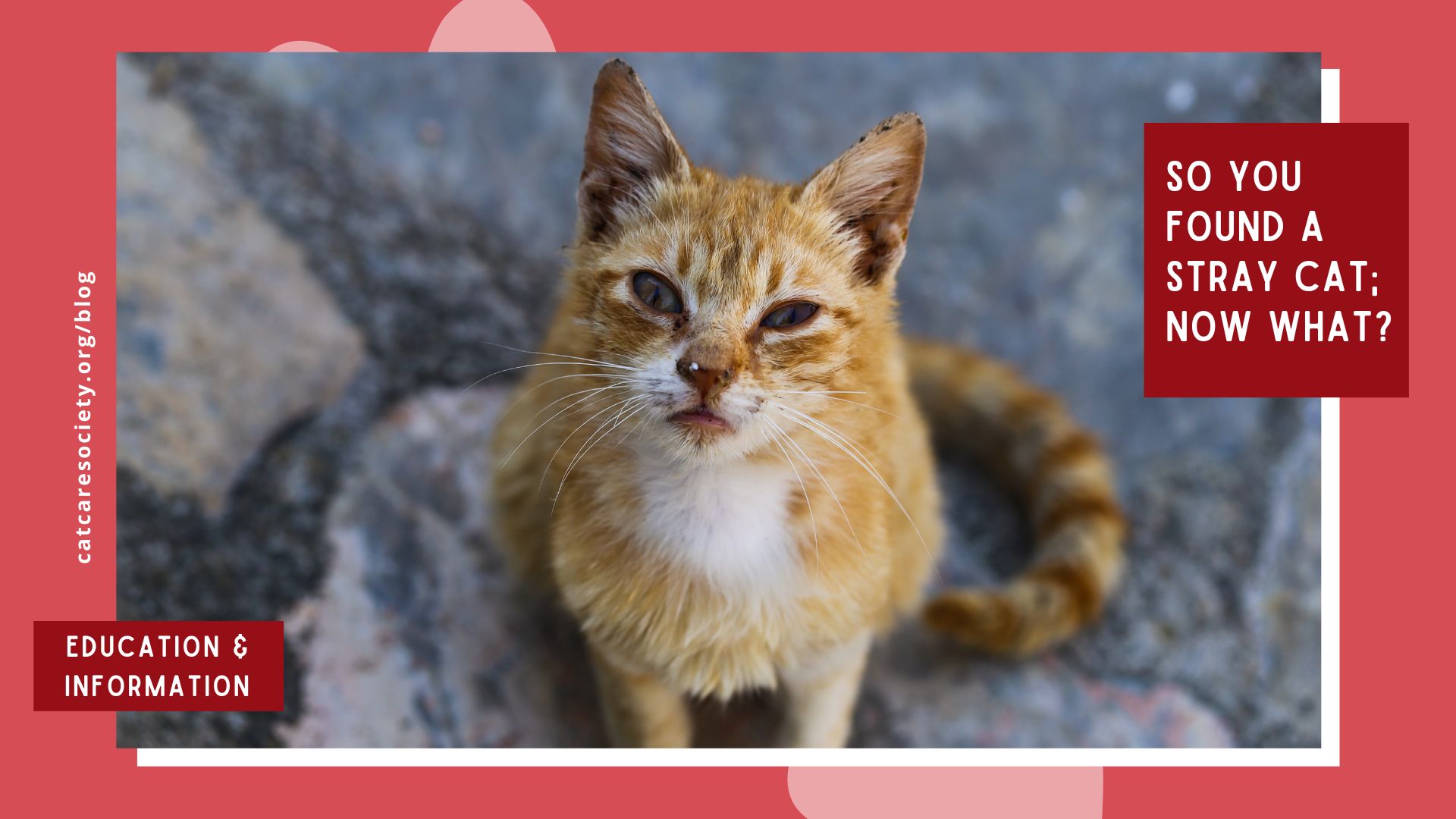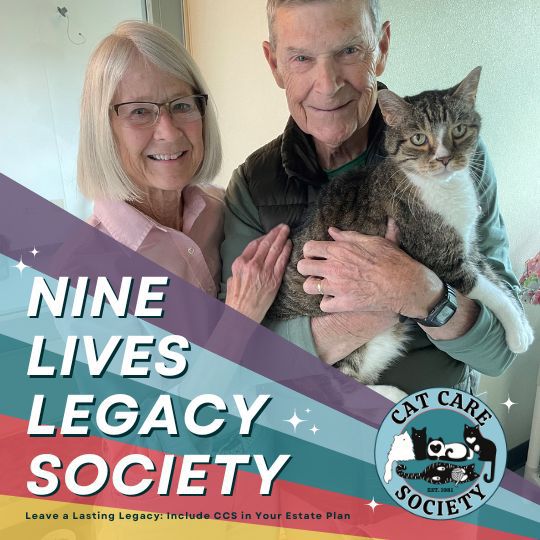Now that 2023 is in our rearview, I am so humbled and excited to share our calendar-year stats and successes with you all. It was a busy year, with numbers up across the board. Even though we saw more cats in need than ever before, we also adopted more cats than ever before. Last year, over 1,000 cats were placed into loving homes thanks to your support!
2023 By the Numbers
- Cats and kittens taken in: 1,244
- Cats in foster: 567 (339 kittens)
- Adopted: 1,098
- Average length of stay: 45 days
- Spays/neuters performed: 569
- Dental surgeries performed: 173
- Chronic medical conditions diagnosed/treated: 100+
- Number of foster homes: 201
- Volunteer hours: 1,904
- Number of volunteers: 100+
In comparison, in 2022, Cat Care Society took in 860 cats and adopted out 750 of them.
Across the country, many shelters faced an increase in animals in need and owner surrenders. Economic conditions, inflation, lack of veterinary care and access, and the veterinary shortage, all affected the tough year that many shelters, rescues and animal welfare organizations faced.
I think it’s important to acknowledge that our statistics do not reflect the larger trend in animal welfare. It’s likely our specialty that makes us an anomaly. Because we care for so many special needs cats, our status as a limited-admission shelter, and our policies and partnerships, we recognize how special it was to help more cats find homes than we’ve ever been able to before. We also want to give a nod to the other shelters in our region, who work just as hard as we do to save and adopt as many pets as possible. We were happy to support their work by increasing the number of transfers we took in from our local shelter partners.
Over the last year or so, we’ve shifted how we think about taking in new cats. It’s easy to focus on the numbers above, but it’s just as important to think about the why behind them. For us, it’s all about balance for the entire shelter ecosystem.
This balance has helped us increase our support of special needs cats — as demonstrated by having over 100 diagnosable conditions we treat and place for — but we also know that CCS is more than that. No matter our niche, we will always support all cats in need. That includes young and healthy cats. Or cats who simply haven’t found a home in another shelter.
We’re proud to be members of the Metro Denver Animal Welfare Alliance (MDAWA) and work with many other organizations in the region to transfer cats in so they have a new opportunity here. We also aim to offer education for adopters on how to care for their cats.
Through it all, we balance our cat population against our resources; our staff size and budget must support our ability to care for the cats in our shelter. We’re constantly evaluating how we can grow proportionately. This is, after all, also aligned with our new strategic plan and CCS’ mission.
This level of control is one of the benefits of being a limited-admission shelter. By contrast, open-admission shelters are required to take in any animal that comes through their doors. If they happen to have an influx of complex medical cases (which require more time, money and expertise) at one time, they do not have the same options we do. It requires creative solutions — as well as some strain — on how they make it work.
Having worked in both types of shelters, I am so grateful for the unique community that Cat Care Society has. In my time here, I’ve challenged the team to be thoughtful and strategic in everything we do. Remaining a safe place for cats who need help, and finding them loving homes, is always our top priority.
I am more energized than ever to see what the rest of this year brings. As always, thank you for your support!
EC Michaels
Executive Director
Cat Care Society
